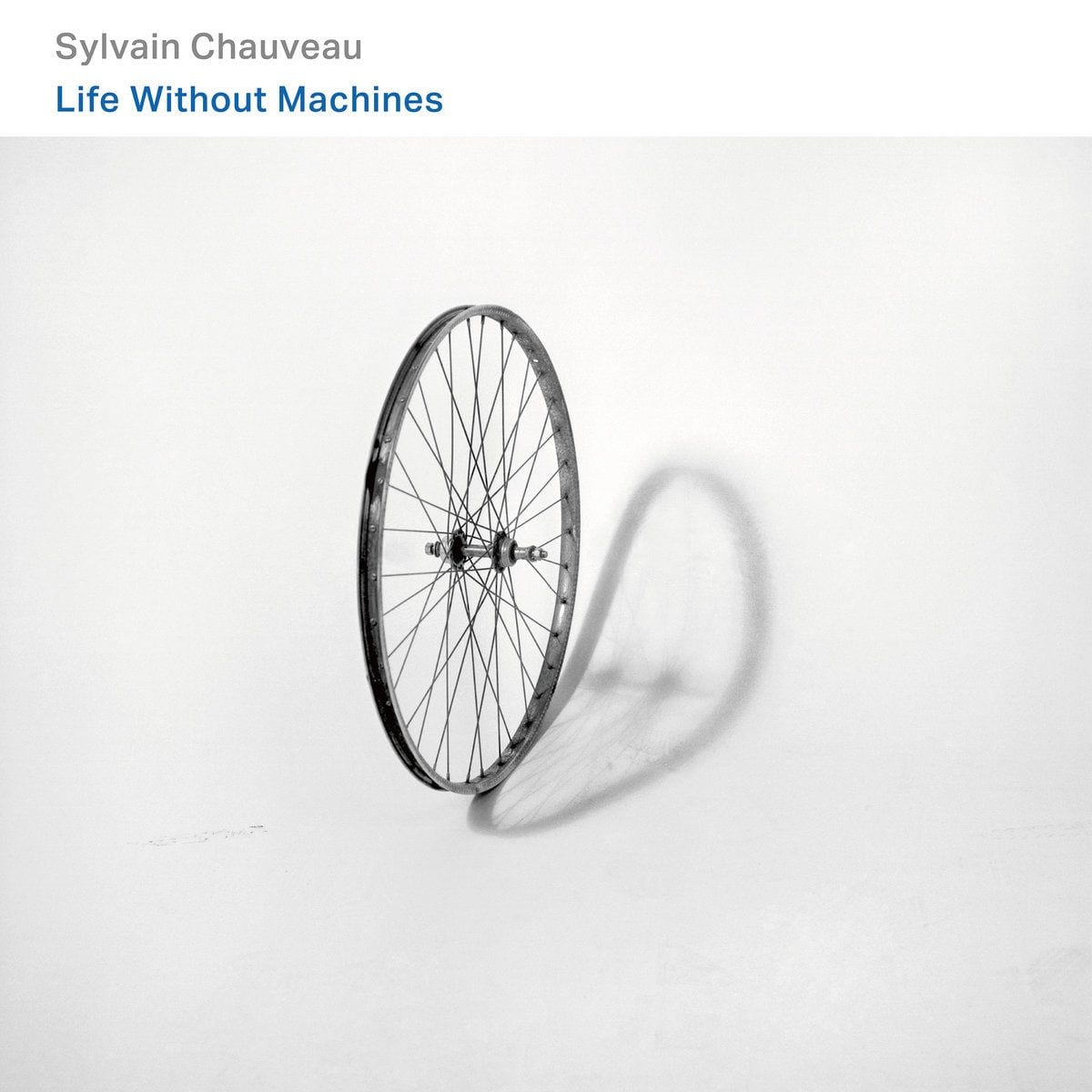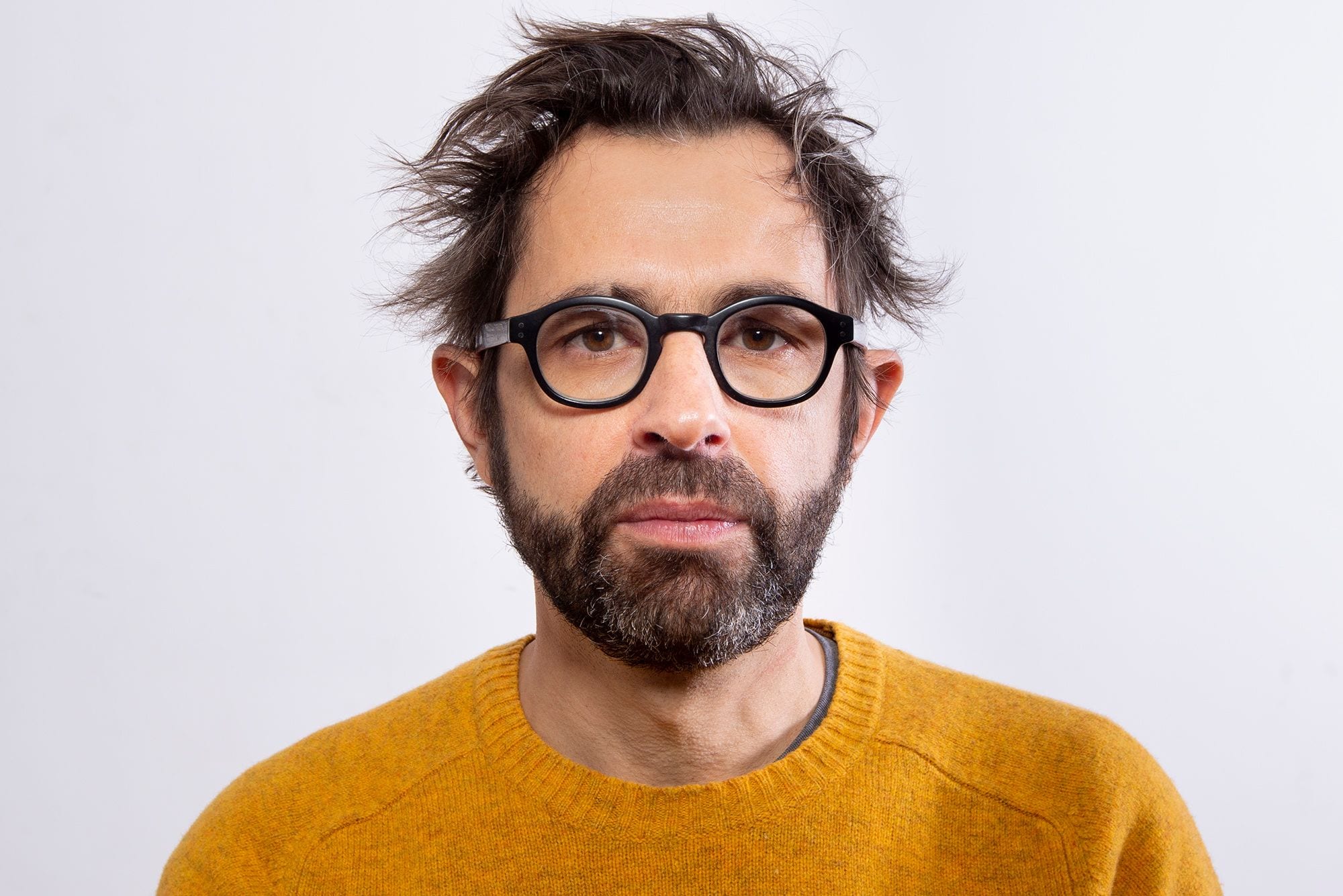
Are we too reliant on machinery? This is the auspicious question driving French composer Sylvain Chauveau’s recent album Life Without Machines. Utilizing 14 piano compositions, Chauveau exclaims modernity is suffocated by machinery. At both the societal and individual levels, machinery, and by default technology, are slowly overtaking humanity while their endless churning gobbles up vital environmental resources. As the press release specifies, the album “expresses the fact that our lives are entirely assisted by machines (for everything we eat, wear, transport, build, watch, listen…)”. A reality certainly exasperated by social distancing and the COVID-19 era. Machinery, in any form, zaps humans of their essence while contributing to the environmental crisis. Life Without Machines is an aural call for a return to simplicity.
Performed by French pianist Melaine Dalibert, Life Without Machines disavows the feverish energy created by machines and technology. Dalibert’s piano is the sole instrument throughout. The musical singularity is meditative and refreshing, a clear counter-narrative to overproduced music. The piano offers a force that is so gentle, its strength goes almost unnoticed. The compositions are short, with only a few reaching the two-minute mark. That disallows the listener from settling into the music; the shifting pieces recapitulate the dysphoria inspiring Chauveau. In its distinctiveness, the piano symbolizes the power generated from sparsity. The music enshrines our crowded lives, the messiness extenuated by machinery’s constant whirl. In doing so, Life Without Machines is also a statement on anti-consumption.
Each of the 14 tracks is a variation of a musical theme. Dalibert follows a single chord and then replays the chord note-by-note. Chauveau relies on tones to build the atmosphere, and the result is an intentionally mechanical sound. The deconstruction of the chords is where the music generates warmth and resituates humanity among the din. In contrast to the narrative produced by the larger album, the finale is 11 minutes long and features a bridge of silence between “14. En” and a ghost track. Birds chirping and a barking dog underscores the coda. The source sounds are jarring, and the polyphony reminds us of what we miss when we pledge allegiance to mechanized overlords. Before this point, Chauveau’s vision is well-received, subtle in its brilliance. The finale is insufferable, and entirely too incongruous to the rest of the album. When considering the era in which the album was released, Chauveau’s belief is well-intentioned but idealistic and currently impossible.
Life Without Machines‘ liner notes list 14 tracks, but the hidden extra track changes the number to 15. The fluid number of tracks mirrors the stone garden at Ryoan-ji, a Zen temple located in northwest Kyoto, Japan. A sanctuary creating a space for contemplation, the garden’s layout is laden in mystery. Situated in white sand, the 15 stones are arranged so only 14 are visible at one time. One interpretation suggests that even with an open mind, one’s standpoint is always limited. A more straightforward Buddhist interpretation understands the stones’ placement as encouraging free thought. Considering either interpretation, Life Without Machines reiterates a kindred ethos. For Chauveau, the reliance on machines obscures clarity and liberation will only be granted after rejecting the dependency. His compositions, much like the Ryoan-ji stone garden, derive power from simplicity.
Life Without Machines was inspired by Barnett Newman’s abstract painting series “The Stations of the Cross”. Newman’s series of 14 paintings are notable for their austere representation of Christian theology. The series uses abstraction to intensify the trauma associated with the death of Christ. Chauveau doesn’t undertake a deconstruction of Christianity, but Life Without Machines’ singular piano does echo Newman’s unadorned canvases. Both mediums declutter the audience’s perspective to transcend suffering. For Chauveau, the suffering is caused by the over-reliance on machinery and the resulting damage. Here, Life Without Machines recalls Guy Debord’s La société du spectacle (The Society of the Spectacle) written in 1967. Much as Dubord critiques the image-saturated capitalist culture, Chauveau’s album is a similar indictment of how external forces falsely shape humanity.
Whereas so many contemporary albums are created to harness flash and consumption, Life Without Machines allays bedazzlement. Chauveau advocates for unplugging and disconnecting, and only then will we truly live.

